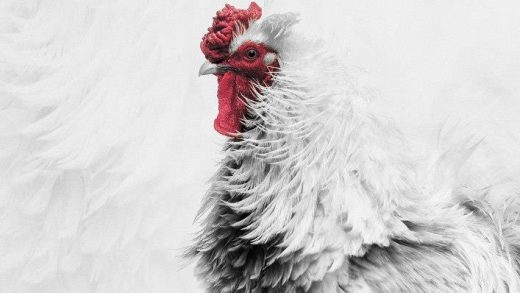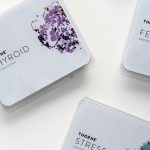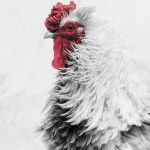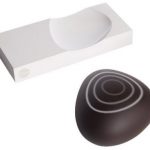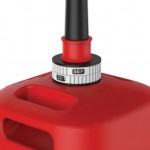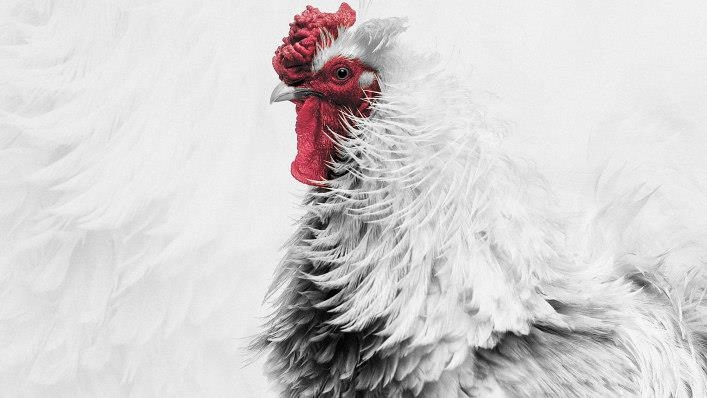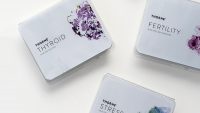A New Way To Insulate Your House: Chicken Feathers
Every year, we kill more than 50 billion chickens for food, and, as global appetite for white meat increases, that number is only likely to grow. By 2020, chicken is set to overtake beef, pork, and fish as the world’s most popular form of protein.
All this chicken farming produces a lot of chicken nuggets but also presents a big waste problem: What to do with all the feathers? Currently waste feathers end up as landfill, grist for incinerators, or protein powder fed to other animals. But two entrepreneurs from London have another potential use case: turn the feathers into building insulation.
Elena Dieckman and Ryan Robinson met while playing badminton in the U.K. capital. Dieckman was studying for a master’s degree at the Royal College of Art and Imperial College, while Robinson was completing a PhD at the latter, one of Britain’s most important scientific institutions. Their company is called Aeropowder.
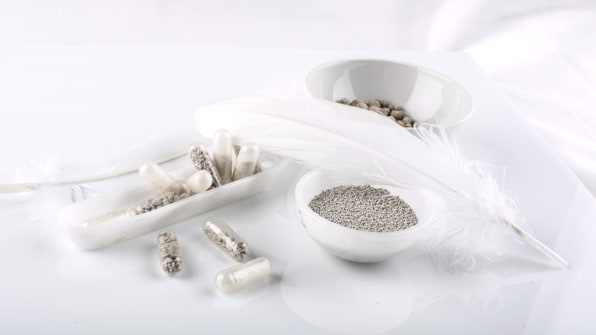
The concept of using feathers was Dieckman’s, who was intrigued by keratin, a protein found across nature–in hair, horns, shells, claws, and scales. Dieckman noted keratin’s properties: lightweight, insulating, water repellent, and biodegradable, and wondered how it could be exploited. Initially, after teaming up with Robinson, they looked to use human hair, but then noticed that poultry feathers–which are more than 90% protein–are far more abundant.
Dieckman and Robinson were in New York City recently to begin fellowships with Echoing Green, the world’s longest-running social enterprise accelerator program (Michelle Obama was a fellow in 1993). The award, one of several they’ve received, comes with a joint stipend of $90,000 over two years, plus other benefits, including access to a large alumni network and coaches for everything from pitching to spiritual development (a secular minister gives pep talks).
“The vast majority of insulation material is synthetic in nature and derived from petroleum-based materials,” Robinson says in an interview. “It’s important because it lowers our carbon emissions and reduces our energy demand, but the materials themselves are not sustainable or renewable resources and often end up in landfills.”
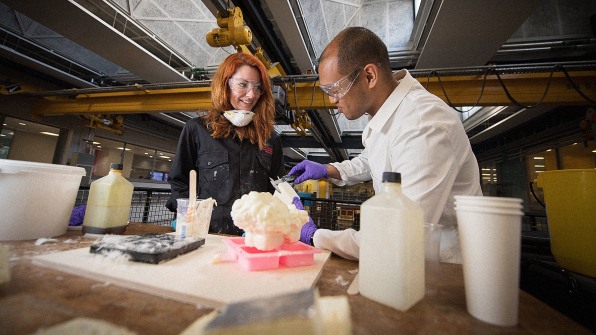
Feathers make up 5% of a chicken’s bodyweight, and 80 chickens can produce about 22 pounds of raw material, Dieckman and Robinson estimate. That amount can be rendered into about 10 square feet of insulation (though exact quantification is difficult at this stage). They’ve made early-stage blocks of white, lightweight material but are yet to finalize a process or establish patents.
“At the moment, we’re in an R&D testing phase, but eventually we hope to achieve a lower carbon footprint and a higher-value product than the current feather meal,” Dieckman, who has German nationality, says. Feather meal–the food given to animals–is produced by cooking and sterilizing feathers and rendering a fine powder. Versions of the product have been found to contain antibiotics, arsenic, and even drugs like Prozac.
Aside from offering an alternative end-life for feathers, Dieckman and Robinson hope to find a happy medium between synthetic insulation and natural products like cellulose. The former has better thermal performance, but may release volatile organic compounds into homes. Keratin-based insulation potentially has better heat-trapping qualities than other natural products, but also absorbs moisture and offers more breathability.
The entrepreneurs say poultry producers are looking for alternative ways to get rid of their feathers and that Aeropowder could probably have the material for free, or for a small, nominal fee. “We hope the poultry and insulation industries will really buy into our product to make this work,” Dieckman says.
Founded 30 years ago, Echoing Green is notable not only for its breadth of startups and social good projects, but also for the diversity of people behind them. While the startup scene is often criticized for privileging the ideas of male, 30-something coastal white guys, its fellows come from all over. This year’s batch originate from Haiti, Ohio, Thailand, Zimbabwe, India, and many other places. About three-quarters are people of color.
“Relative to other social innovators in this space, we’re very diverse,” president Cheryl Dorsey tells Fast Company in an interview. “I’m a woman of color to start with, and leadership matters. And Echoing Green was founded on the premise that social innovation happens at the intersection of social justice.”
Echoing Green also focuses more on leadership development as opposed to business or idea development. “Our theory of change is that the most important asset class is human capital,” Dorsey says. “If you back the right leader with patient capital and a system of support, that’s the biggest return on investment that you can make. Some other parts of the social innovation ecosystem look at the idea or the organization. We’re the third leg of the stool.”
The world eats a lot of chickens. And that means a lot of surplus feathers. Time for some upcycling.
Every year, we kill more than 50 billion chickens for food, and, as global appetite for white meat increases, that number is only likely to grow. By 2020, chicken is set to overtake beef, pork, and fish as the world’s most popular form of protein.
Fast Company , Read Full Story
(67)

